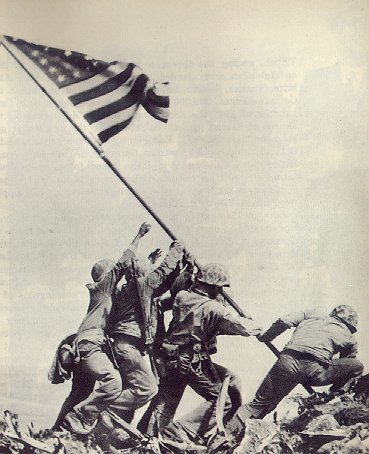Allies defeat Axis powers
In the meantime, military supplies had begun to flow to the European theater. In the spring and summer of 1942, strengthened by American materiel, British forces broke the German drive aimed at Egypt and pushed Rommel back into Tripoli, ending the threat to Suez. On November 7, 1942, an American army landed in French North Africa. After bitter battles, severe defeats were inflicted on Italian and German armies, 349,000 prisoners were taken, and by midsummer of 1943 the south shore of the Mediterranean was cleared of Fascist forces. In September, the new Italian government under Marshal Badoglio signed an armistice, and in October, Italy declared war on Germany. While hard-fought battles were still raging in Italy, Allied forces made devastating air raids on German railroads, factories, and weapon emplacements. Deep in the continent, German oil supplies were hit at Ploesti in Rumania.
Late in 1943, after much Allied debate over strategy, it was decided to open a Western Front which would force the Germans to divert far larger forces from the Russian front than could be engaged in Italy. General Dwight D. Eisenhower was appointed Supreme Commander, and the immense preparations were hastened. On June 6, while a Soviet counter-offensive was under way, the first contingents of an American and British invasion army landed on the beaches of Normandy under the protection of a greatly superior air force. The beachhead was held; more troops were poured in; many contingents of German defenders were caught in pockets by pincers movements; and at last the Allied armies began to move across France and into Germany, making their way always against the most tenacious defense. Paris was retaken on August 25. At the gates of Germany the Allies were delayed by stubborn counteraction, but in February and March, 1945, troops were pouring into Germany from the west and German armies were reeling back in the east. On May 8 all that remained of the Third Reich surrendered its land, sea, and air forces.
 |
| A famous photograph of World War II is this picture of U. S. Marines planting the American flag on the strategic island of Iwo Jima in the Pacific. Invaded by 60,000 Marines, it was captured in 26 days |
Allied military efforts were accompanied by a series of important international meetings that dealt with the political aspects of the war. The first of these took place in August 1941 between President Roosevelt and Prime Minister Churchill at a time when the United States was not yet actively engaged in the struggle, and the military situation of Britain and Russia seemed very bleak. Meeting aboard cruisers near Newfoundland, Roosevelt and Churchill issued a statement of purposes-the Atlantic Charter-in which they endorsed these objectives: no territorial aggrandizement; no territorial changes that do not accord with the wishes of the people concerned; the right of all people to choose their own form of government; the restoration of self-government to those deprived of it; economic collaboration between all nations; freedom from war, from fear, and from want for all peoples; freedom of the seas; the abandonment of the use of force as an instrument of international relations.
The next great Anglo-American conference took place at Casablanca in January 1943. Here it was decided that no peace would be concluded with the Axis and its Balkan satellites except on the terms of "unconditional surrender." The purpose of this term, which originated with Roosevelt, was to assure all the people of the fighting nations that no peace negotiations would be carried on with representatives of Fascism and Nazism; that no bargain of any kind could be made by such representatives to save any remnant of their power; that before final peace terms could be laid down to the peoples of Germany, Italy, and Japan, their military overlords must concede before the entire world their own complete and utter defeat.
